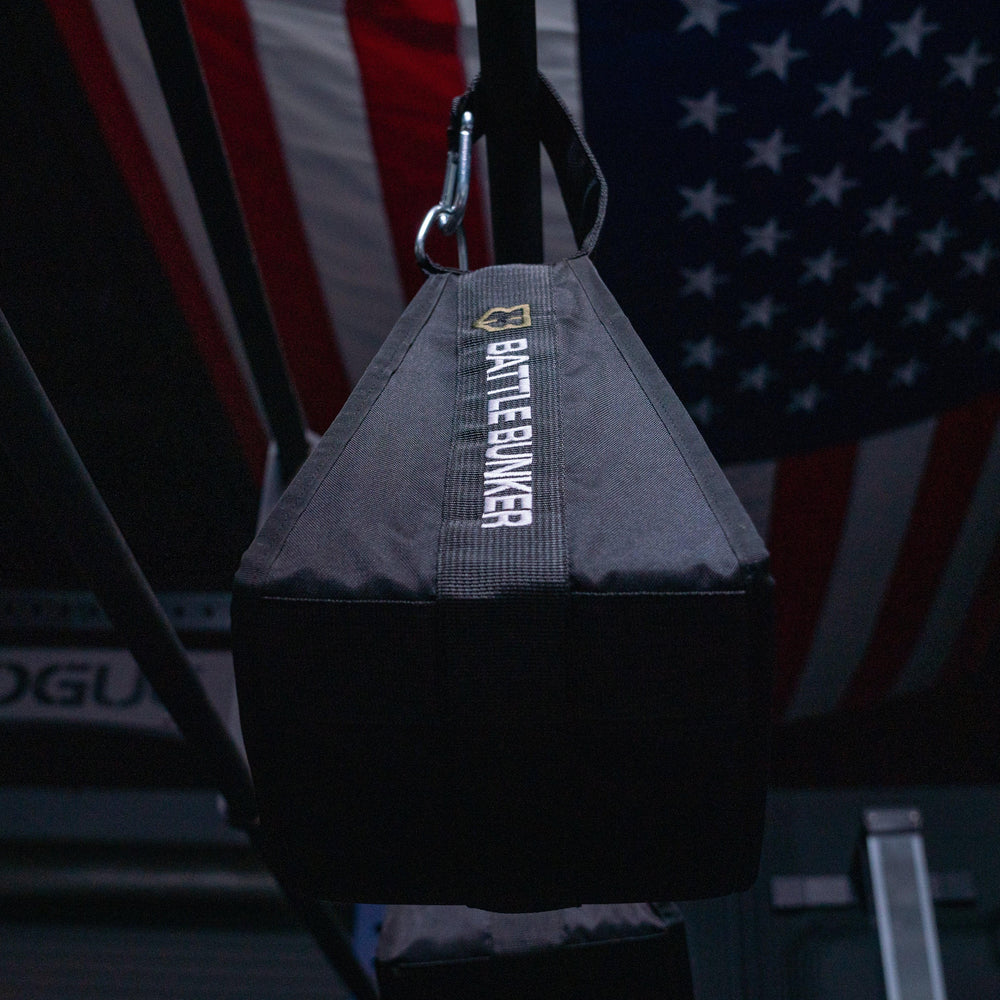Lifting Straps: The Complete Guide to Better Grip and Stronger Pulls
Lifting straps are a simple tool that help your grip keep up with your back and hips on heavy pulls. Used correctly, they let you train the target muscles harder—without technique breaking down because your hands give out first. This guide covers what straps do, when to use them, how to wrap standard wrap-around (lasso) straps, plus a short deadlift tutorial.
What Lifting Straps Do (and Don’t)
- Assist grip under fatigue: Keep pulling quality high when volume or load climbs.
- Don’t replace grip training: Use them strategically; build raw grip on warm-ups and lighter work.
- Don’t bypass good form: Straps secure the bar, but you still need proper bracing and bar path.
Technique overview: where straps help most and how to apply them cleanly.
When to Use Lifting Straps
- Heavy deadlifts, rows, RDLs, shrugs: When grip fails before the target muscles.
- High-rep hypertrophy sets: Maintain back tension without dropping reps due to grip.
- Complexes and tempo work: Keep bar control during long time-under-tension sets.
Skip straps on warm-ups and light technique work to continue building raw grip.
How to Wrap Standard Wrap-Around (Lasso) Straps
- Thread your hand through the fixed loop so the strap tail lies across your palm.
- Place your hand on the bar; run the tail under and then over the bar one to two wraps.
- Rotate the bar toward your fingers to cinch the strap; keep wrists neutral.
- Repeat on the other hand and take slack out evenly before pulling.
Quick breakdown of lifting strap types and when to use each.
Deadlift Tutorial: Clean Setup with Straps
- Stance: Mid-foot under the bar; shins about an inch away.
- Grip and wrap: Wrap both straps, then take the slack out. Hands just outside legs.
- Brace: Big breath, ribs down, lats tight. Neutral spine.
- Pull: Push the floor away; keep the bar close; lock out hips and knees together.
- Return: Hinge down; keep the bar on the legs; re-cinch if strap tension loosens.
Step-by-step deadlift setup using straps, plus common errors to avoid.
Common Mistakes to Avoid
- Over-wrapping: So tight you can’t release between reps.
- Wrist hyperextension: Keep wrists neutral to avoid forearm discomfort.
- Using straps on every set: Reserve for heavy or fatiguing work; train raw first.
- Letting form slip: Straps help grip; they don’t compensate for poor bracing or bar path.

Battle Bunker Weightlifting Straps
Secure, durable straps for deadlifts, rows, and RDLs. Quick wrap, strong hold, and a comfortable feel so you can focus on the pull.
- Reinforced stitching and abrasion-resistant webbing
- Comfortable contact surface for long sets
- Fast on/off between working sets
Quick Strap-Up Pulling Session (15 Minutes)
- Deadlift — 4 × 5 (strap up for top 2 sets)
- Barbell Row — 4 × 8 (strap up if grip limits back work)
- RDL — 3 × 10 (slow eccentric; bar tight to legs)
Warm up and build raw grip on early sets; use straps once load or volume causes grip to fail first.

Battle Bunker Weightlifting Straps
Built to lock in your grip without tearing up your wrists. Ideal for deadlifts, rows, and any pull where the bar slips before your back does.
- Durable webbing with secure stitching
- Comfort-focused wrist feel
- Reliable under heavy loads
Frequently Asked Questions
Are lifting straps cheating?
No. They’re a training tool. Keep building raw grip, but use straps when grip cuts sets short before your back or hips are truly challenged.
Should beginners use lifting straps?
Yes—sparingly. Train raw first on warm-ups and technique work. Strap up as load or fatigue climbs.
Can I use straps for pull-ups?
You can, but most lifters reserve them for barbell and dumbbell pulls. If grip limits high-rep pull-ups during hypertrophy phases, straps can help you accumulate quality volume.
Do straps protect my wrists?
They primarily secure your grip. Keep wrists neutral and use proper padding; don’t rely on straps to fix poor technique.
Ready to pull with purpose? Get your Battle Bunker Weightlifting Straps and put this guide to work.













